Leeham News and Analysis
There's more to real news than a news release.
Airbus Summit Showcases Sustainability Status
By Bjorn Fehrm
December 7, 2022, © Leeham News was at Airbus Summit: Airbus briefed media and influences on its Sustainability progress during briefings in Toulouse and Munich last week. Here is an update on where Airbus is with its programs.
The overall impression is of tangible progress on techno brick research and development and echo systems programs like SAF production and hydrogen supply and ground infrastructure.
At the summit, key customers like Airlines, technology partners, and leasing companies were part of the panels, giving the customer perspective and the view of the passengers.
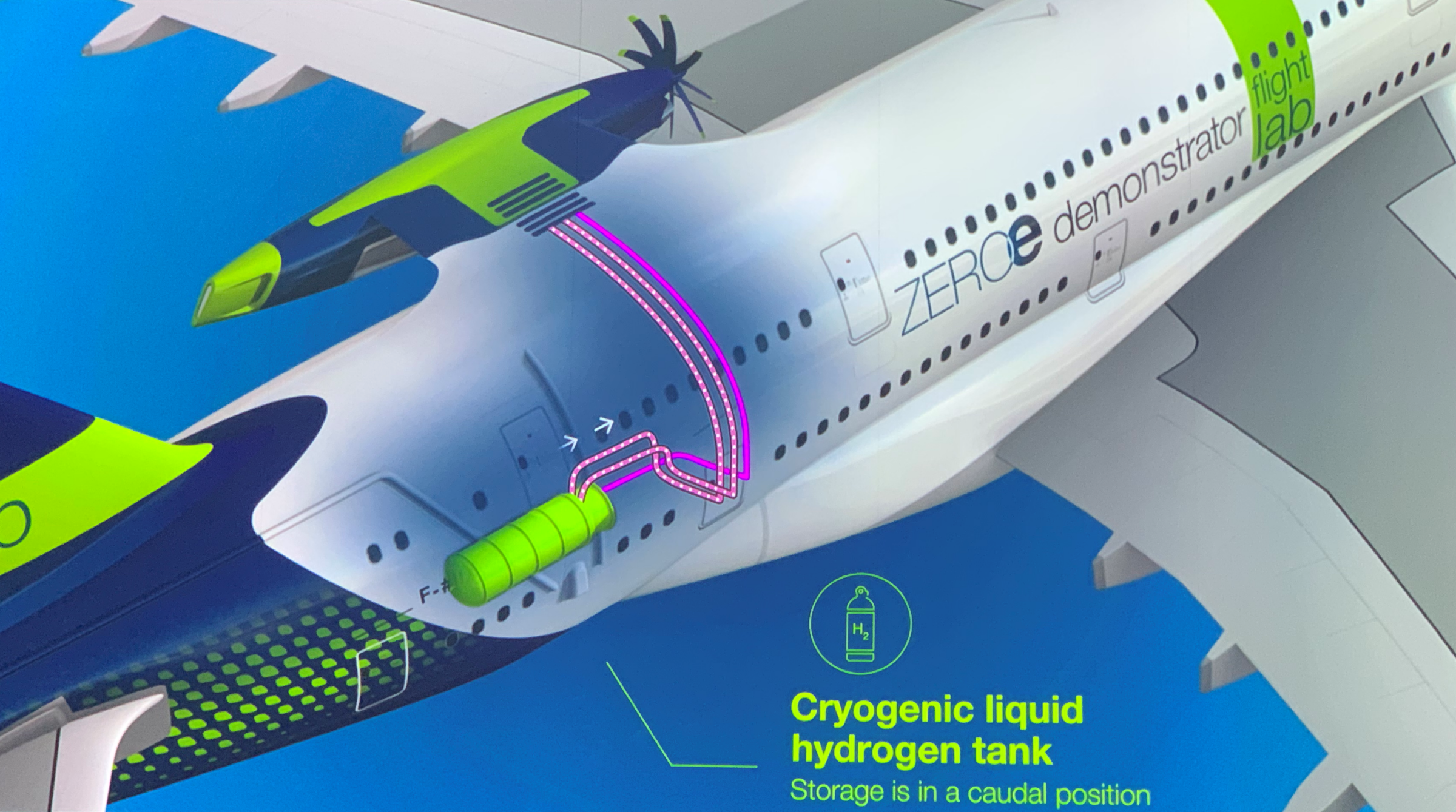
Figure 1. The test setup of the Airbus fuel cell turboprop engine on its A380 test aircraft. Source: Airbus.
The presented areas
Status were given for the following areas;
- The status of SAF for the installed fleet and deliveries of regular turbofan jets.
- The status of technology development for the 2035 introduction of a hydrogen-fueled airliner.
- To what extent can hybrid be a part of Sustainable airliners, and how shall it be done?
- Can helicopters be more sustainable, and how?
- What part of air transport can UAM traffic systems do better?
SAF for yesterday’s and today’s turbofan airliners
Airbus had invited Neste, a pioneer in Sustainable Aircraft Fuel (SAF) to discuss the present status. Today most aircraft and engines can accept up to 50% mix of SAF/Jet-A1 blend. But we only have 0.1% SAF in production right now of the total usage of 350 million tonnes of jet fuel per year.
Neste will increase its production with new production plants from today’s 0.1 million tonnes to 2.2 million tonnes by 2026. Total production by 2026 will be around 5 million tonnes, a too-low figure.
To foster investment in SAF production capacity, we need a strong demand signal. Airbus and several airlines have set a goal of a 10% SAF mix by 2030 by it, creating a demand signal to the SAF producers.
It’s important to understand that a 10% mix for all 25,000 airliners flying each day is far more important than that one or two types can be delivered capable of flying a 100% mix by 2030. With a 100 or 200-per-year production rate, a 100% mix for an aircraft type will do nothing to reach carbon neutrality by 2050. A blend of 10% SAF by 2030 and 50% by 2040 will.
Airliners need changes in fuel systems and engines to go beyond 50%. It can only be achieved with newly produced aircraft. What shall we then do with the other 24,000 flying each day?
The development of a ZEROe airliner
Airbus has committed to introducing a hydrogen-fueled airliner by 2035. Several activities must be completed for such an introduction to be successful:
- An airplane must be developed, certified, and produced.
- An ecosystem with green hydrogen production and distribution must be set up.
- Governments, Regulators, and Airlines must be brought onto the project so commercial traffic can be operated on commercially acceptable terms.
Hydrogen airliner development
Airbus is working on all the technobricks (Airbus speak for all the parts/system that are needed) that need to be explored and matured so a configuration decision can be made in 2027 after flight trials of a hydrogen Turbofan and a Fuel Cell turboprop has been done 2026 on a test A380 (Figure 1).
The tricky bits are the hydrogen fuel tank with piping/filling system and the fuel cell-based turboprop system. The hydrogen-burning turbofan is relatively straightforward; GE/CFM, Pratt & Whitney, and Rolls-Royce all have hydrogen-burning gas turbine knowledge and can offer an engine for 2035.
The tricky side of H2-burning engines is the emissions. CO2 emissions are zero, but the engine emits NOx and water vapor. The NOx emissions are reduced to around 20%, so it’s a five times improvement over today’s engine, and steam injection in the combustor, like for the SWITCH engine, could reduce this further.
The water vapor forming condensation trails is a problem that needs more research. It’s an altitude problem. There will be no condensation trails below and above a certain altitude. How tricky it will be to avoid the condensation altitudes is not fully understood. Therefore, Airbus is flying a glider with an H2 engine this winter; to learn more about this phenomenon.
The 2026 A380 flights with an H2 converted GE Passport engine will also investigate the contrail problem with a sniffer aircraft flying behind the A380 to sample the exhaust from the engine.
The fuel cell turboprop units will benefit from bench tests in Airbus’ ZEROe system test house in Ottobrun Munich. Systems are run with complete hydrogen-fueled fuel cell systems that power electric MegaWatt motors, running in normal conduction form and superconduction setups (Figures 2 and 3).
The results from these and OEM tests with burning H2 engines go into trade studies around different ZEROe airliners. These studies have already settled the H2 tank placement behind the rear pressure bulkhead of the fuselage.
The static Center of Gravity (CG) influence of duel tanks there (dual for redundancy) is compensated by moving the wing backward. As H2 is lighter than jet fuel for the same energy content, the variation in the center of gravity with different H2 levels during the mission is acceptable with such a tank placement.
The trade studies around the different propulsion alternatives are made with different size regional to single-aisle aircraft sizes. A typical size aircraft would be 100 seats with a 1,000nm range. It would be the practical limit for a fuel cell alternative, whereas an H2-burning alternative can be larger.
The hydrogen supply ecosystem
A major part of a feasible hydrogen airliner by 2035 is producing and distributing the necessary hydrogen to the aircraft. Airbus has a dedicated team that works with the hydrogen industry’s stakeholders to enable such an ecosystem, Figure 4.
It can use the space industry, which has used hydrogen as one of its primary fuels for 70 years, but also the road truck industry. Several truck manufacturers base their future long-haul trucks on hydrogen (due to energy density and refueling times), while their distribution trucks use batteries.
The world’s largest truck company, Daimler, with its Mercedes trucks, has decided on liquid hydrogen, LH2. It’s developing production and filling stations for the LH2 and will set this up in the thousands.
These will give Airbus and the H2 industry valuable insights, as it needs to equip perhaps 20 to 50 airports with this capacity to form a viable ecosystem. The pilot airport, Lyon, is already preparing to run its ground equipment vehicles on hydrogen from a pilot H2 storage and distribution system at the airport. Air Liquid will assist in setting this up based on its space launcher H2 knowledge.
Airbus showed examples of the hydrogen infrastructure that airports like Lyon will install, Figure 5.
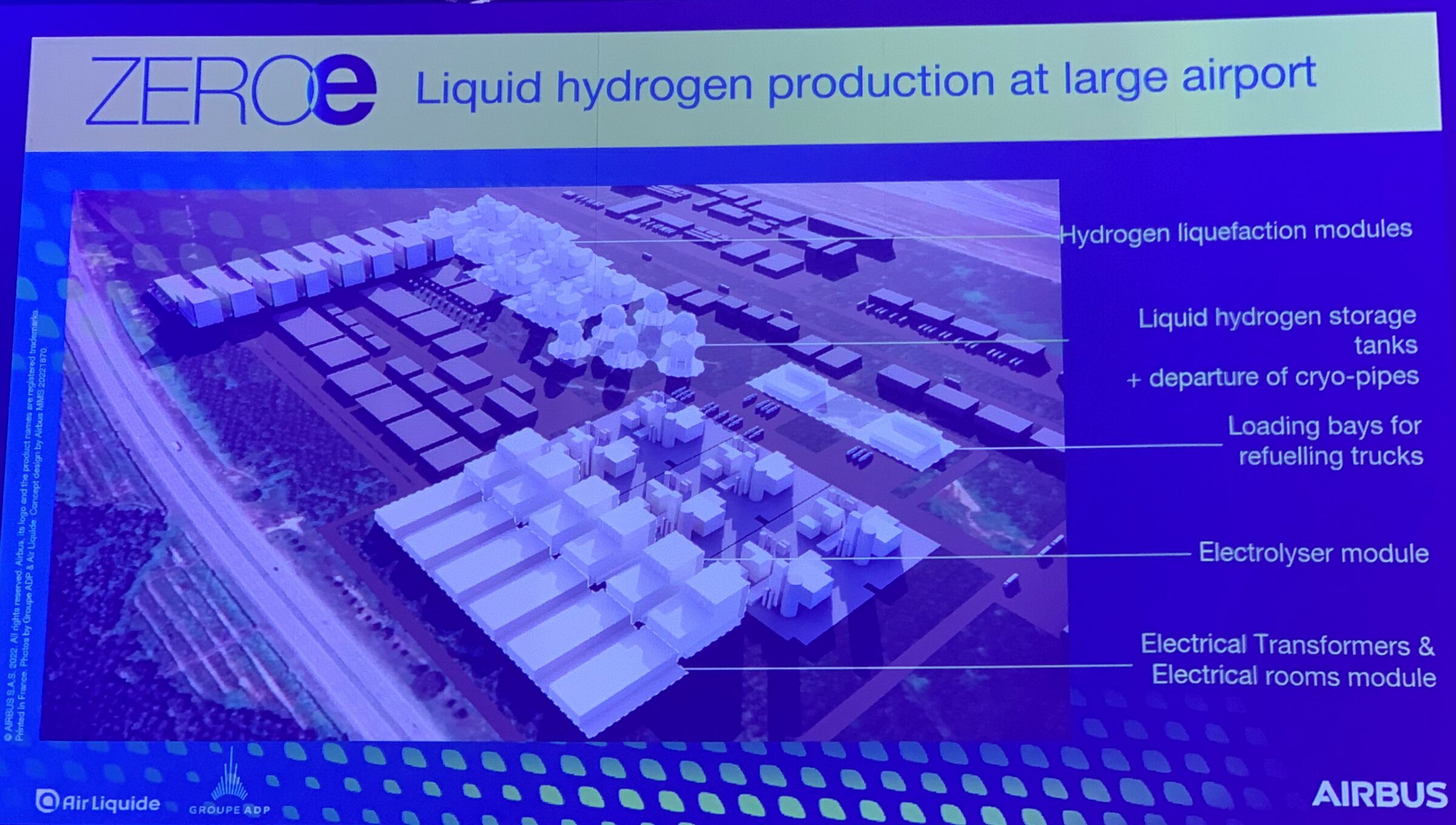
Figure 5. A fully developed H2 supply setup at an airport with H2 electrolysis and LH2 liquefaction. Source: Airbus.
How to use hybrid technology for airliners
The hybrid technology part of the Airbus Summit was refreshing. Airbus has realized that using hybrid technology to propel airliners doesn’t make sense. The energy source available, batteries, are just too inefficient. This is valid today but also tomorrow.
It doesn’t mean hybrid technology is dead in an airliner; it just has to be used cleverly. Forget about using it to propel the aircraft. A plane the size of an A320 uses 18 to 22 MegaWatt (MW) power to the fan during takeoff and 5 to 7 MW during cruise. There is NO way batteries can supply useful energy for such power needs (a battery system weighs about 5 tonnes for 1 MWh of energy).
Instead, use the electric technology in an expanded “more electric airplane” scheme. Place the auxiliary gearbox generators on the spools as starter motor generators and use these to assist the engines with their tricky power changes. Also, put electric motors on the main wheels and taxi on electric power. Convert a number of bleed or hydraulic power functions to electric.
We used to call this “the more electric aircraft.” The Airbus hybrid is an extension of this theme, rather than the classic hybrid interpretation, where electric energy is involved in the aircraft’s propulsion. It uses the advantages of electric functions and avoids the downside, the heavy and expensive batteries.
Can helicopters be more sustainable, and how
Helicopters are incredibly flexible as they can take off and land almost everywhere. But they are also noisy, vibrate a lot, and consume a lot of energy per passenger kilometer.
Airbus is the world’s largest helicopter manufacturer and is hard at work to address the above drawbacks and make the helicopter more environmentally friendly and sustainable.
It works on electrifying several of today’s mechanical functions to replace these with intelligently controlled electrical functions. For this purpose, it uses technology demonstrators, Figure 6.
What part of air transport can UAM traffic systems do better?
As described in my Friday Corner, Airbus is one of the few eVTOL developers that need not pitch to investors. Its strategy for the CityAirbus NG is long-term, and Airbus is very cognisant of public perception of eVTOLs flying above people’s heads to transport executives to and from an airport.
It has, therefore, identified the EMS (Emergency Medical Services) as its first use case. It has engaged with Europe’s most digitally aware country, Estonia, to create an end-to-end optimized emergency service called LifeSaver.
Airbus is one of the few OEMs that is perfectly honest with its eVTOL performance, speed of 65kts, and range of 43nm, a fraction of other OEMs’ claims.
The CitryAirbus NG is, therefore, the close-range component of this system, which has unique features by being quiet and environmentally friendly (no gas turbine exhaust and noise like from a helicopter). Its drawback is load capability (no stretchers) and range. So the eVTOL is a complement to a helicopter fleet.
The approach shows how the eVTOL forms part of something larger, important, and end-to-end optimized; the saving of people’s lives where the first hour makes all the difference in survivability.
Subscription Rate Adjustment
Effective Jan. 1, 2023, the following subscription rates will be in effect (US dollars):
- Monthly Rate: $59.95. This is for individuals and not corporate employees.
- Annual Individual Rate: $652. This is for individuals and not corporate employees.
- Annual Single User Corporate Rate: $1,632. This is for an individual corporate user.
Enterprise corporate subscriptions begin with Enterprise 3 (three users) and are available for up to 500 users. Please contact us at info@leeham.net for more information.
This is the first rate adjustment since 2017.


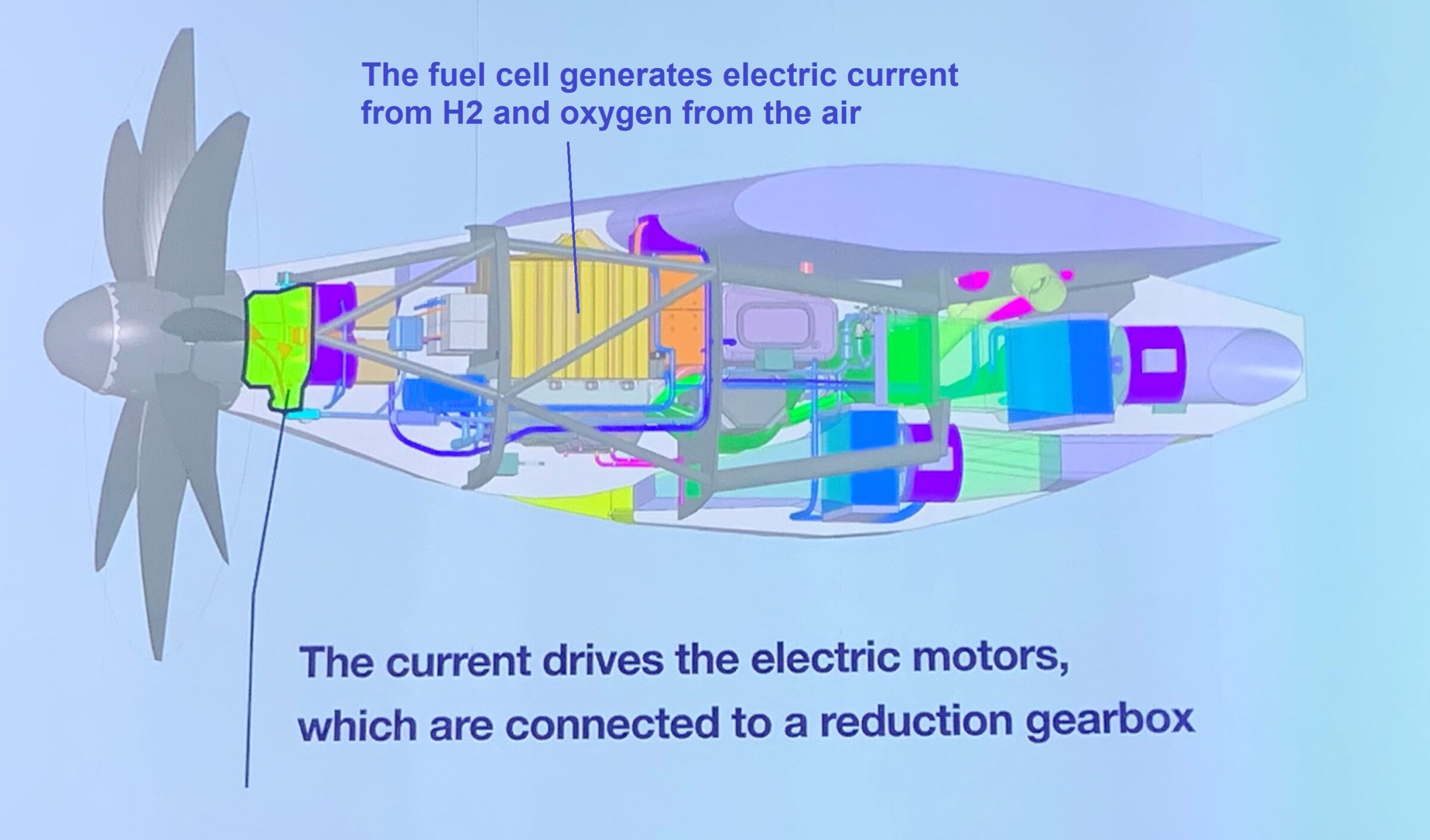


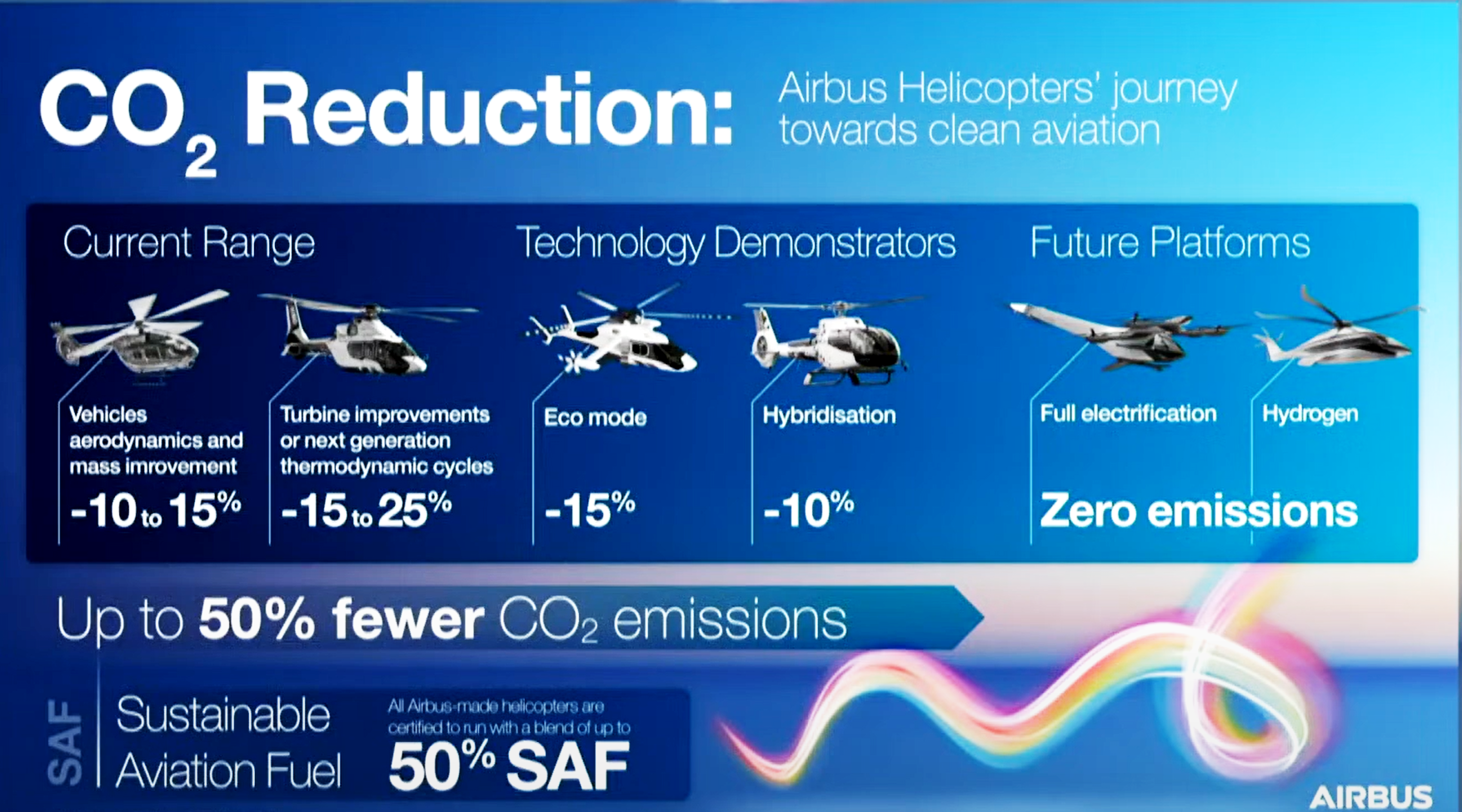
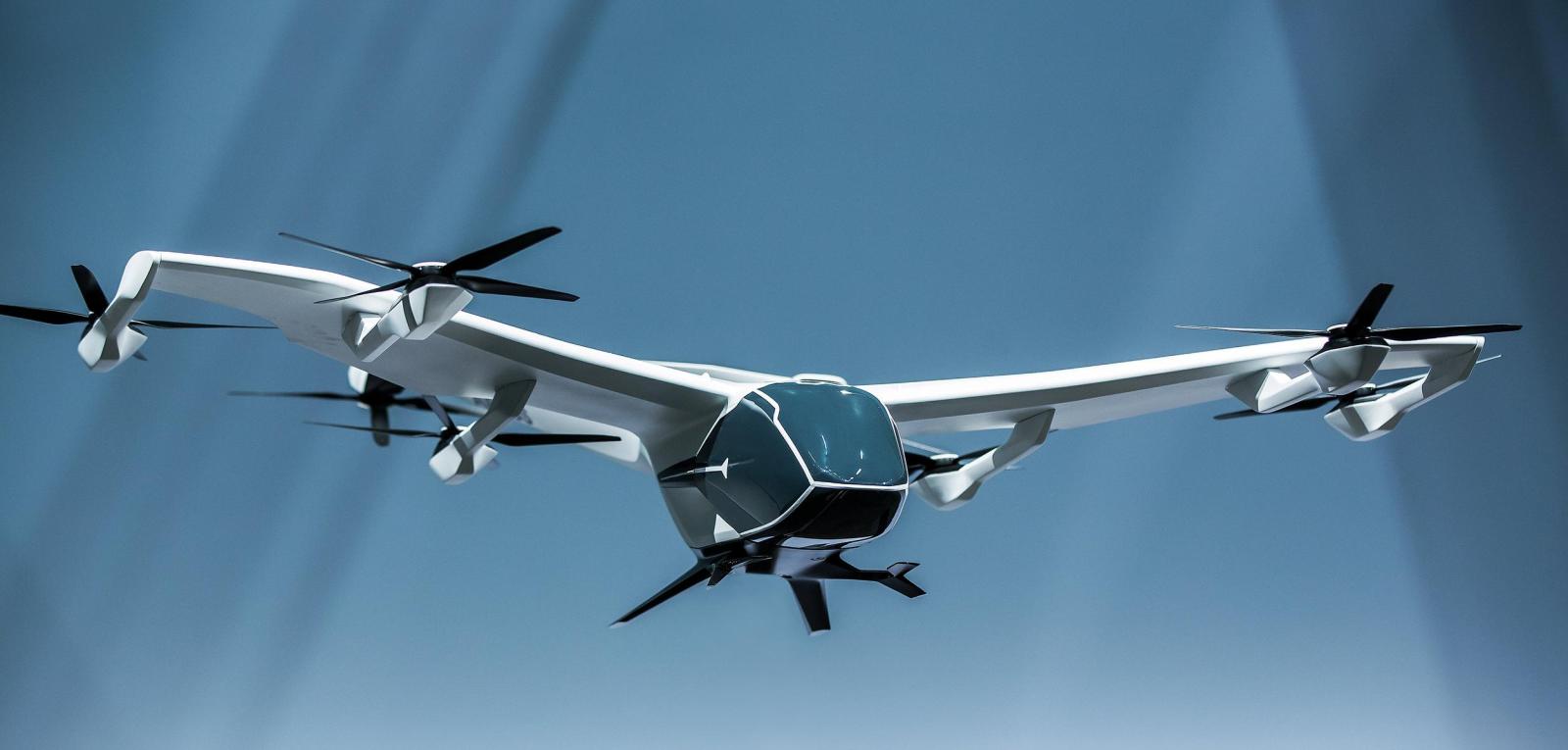
Very nice summary.
Was there any news on developments in feedstocks for SAF?
And any particular discussion of algal fuels?
On the subject of LH2, was there any discussion of production costs for green hydrogen?
Grey hydrogen is fine for doing product/infrastructure testing, but — sooner or later — mass production of green hydrogen will need to get under way.
Here are some limited statistics on green hydrogen production, per country.
https://www.statista.com/statistics/1311948/number-of-green-hydrogen-plants-by-country/
Hi Bryce,
There was no discussion about feedstock (which is a big problem) other than that power to liquid (synfuel) is very expensive and do we have enough green electricity?
Green hydrogen will have to use green electricity where it’s in excess to do the water electrolysis (like daily variations that can’t be stored as battery storage is so inefficient). But green energy is problematic; the build-out of wind and solar will not be enough. Anyone doing some reflection realizes more nuclear power is a lesser evil than burning hydrocarbons like today, at least in a transition period.
Hi Bjorn,
Where I live (Netherlands), there are huge excesses of solar power on sunny summer days — to the extent that it causes grid saturation in some areas. As far as I know, none of this is being used to produce green hydrogen — which is odd, seeing as grey hydrogen is already being used by several bus companies here. One must conclude that it is a matter of cost.
I’d love to see a proper analysis of the production cost of green hydrogen, taking real-world green electricity prices into account and bearing in mind that the process concurrently produces marketable oxygen.
I (with many others here) agree with you that nuclear is the only viable way to generate green fuels in bulk. Some countries may be able to use geothermal (Iceland) or sun (desert climates), but that’s not going to be nearly enough.
One way to quickly move forward is to force Airlines and cargo airlines to produce its own SAF. Then they need to optimize its fleets for the amount of SAF made/bought and thus can only expand if they produce more SAF mainly from Power to Liquid or using biomass like salt water grown algea. Then they can only fly the most fuel efficient aircrafts available on the most profitable routes and start high speed train companies where there are tracks and force the EU to approve much longer passenger trains than in EU today to swallow the traffic.
The recent French initiative to replace short flights by trains has resulted in the replacement of flights on just 3 routes.
https://www.standard.co.uk/news/world/france-flights-banned-train-bordeaux-paris-lyon-greenpeace-eu-clement-beaune-b1044791.html
I think the airlines has a different Minimun Equipment List “MEL” than Government owned train operators. Hence the cleanliness of cabins with rugs and seats and toilets are of a much higher standard in passenger aircrafts. One would assume train operators were forced to have spare wagons, seat covers, rugs and toilet repair staff at each station to replace the ones with faults, but I don’t believe they do, they are more tuned to the old days of shipping soldiers to the fronts. Hence the airlines could raise the standard alot in the wagons. But trains are forced to use the signal system and tracks with switches at the mercy of another government administration for their slots hence it could only work were there are high speed rail tracks available.
this ban has just resulted in the replacement of 2 routes, in fact the flights to lyon where almost inexistants. The problem is you can now purchase flights from Bordeaux and Nantes to Paris with an intermediate stop which result in more Co2 emissions…
Based on your feedback, fuel cell turboprop unit looks promising in a first step for ATR with 2 to 3 MW power for each engine. Due to the large consequence on all aircraft systems I am skeptical about a possible STC for a ” retrofit” without a major OEM involvment.
With “ATR Evo” studies ATR launch a RFI
to the major engine manufacturer. Due to close timescale ( 2030 +? ) Does such internal Airbus fuel cell unit development interfere with this Evo prelaunch program?
I don’t think a hydrogen fuel cell application to an ATR-sized aircraft interferes with an ATR Evo RFI for more efficient turboprop engines. We have to realize any hydrogen aircraft from an existing airliner OEM will be in addition to the hydrocarbon product range for the first decade or two.
There are so many moving parts in the new technology that will take time to perfect, so you also need to improve what you have. This applies to ATR, Airbus, and any other OEM working on these technologies like Embraer.
Improvements in the fuel burn and increased SAF blend for hydrocarbon engines will lower emissions in addition to what you achieve with new technology.
I found the latter part fascinating about a More Electric Aircraft
I have vague memories of the 787 doing all that (well not the wheel drive)
Of relevance to the current subject:
“Neste, Airbus, and Air France Signal Need to ‘Decarbonize Now’”
Some good info on SAF.
https://www.ainonline.com/aviation-news/air-transport/2022-12-08/neste-airbus-and-air-france-signal-need-decarbonize-now
-> ” […] aviation carbon tax will be restricted to inter-EEA flights only, with international flights paying the (much cheaper) CORSIA rate. However, this will be reviewed in 2026 – should CORSIA be deemed ineffective, ETS will apply to all.”
https://mobile.twitter.com/Sean_G_Carroll/status/1600495126140289026?cxt=HHwWhICwpcz1jLYsAAAA
Greenwashing.
Of tangential relevance to this topic, and advocated by many commenters: Nuclear power is starting to gain broader popularity among investors.
“Between 2015 and 2021, investment in nuclear energy grew around 325 percent by volume and 3,642 percent by dollar value, according to Pitchbook. This year alone, venture investors devoted a record $3.4 billion to nuclear startups. While this is significantly lower than the investment in other renewable energy sources in recent years, due to the nuclear power industry having to start almost from scratch, it shows a significant rise in interest that is expected to continue.”
“Following decades of stagnation, nuclear energy companies are finally getting the boost they need to develop projects and deliver meaningful amounts of low-emissions nuclear power to the U.S. Previously, the Watts Bar Nuclear Plant, that was the last nuclear project to be approved, in 1973, faced major delays and cost increases meaning that production only began in 2016. But now, existing nuclear plants are gaining state and private support, while startups are receiving the funding needed to develop innovative technologies to support the advancement of nuclear power.”
https://oilprice.com/Alternative-Energy/Nuclear-Power/Tech-Billionaires-Are-Betting-Big-On-Nuclear-Power.html
I understand your answer and thank you for it, but nevertheless, developing the ATR Evo and the fuel cell propulsion system in parallel, in my opinion, comes up against several difficulties beyond the highest level of investment required for AIRBUS /ATR (with LEONARDO):
Date of deployment of the hydrogen ground distribution system: the analysis of the network of regional companies currently operating the ATRs indicates secondary cities that have little chance of being selected by the states, which will select the priority cities for this costly deployment from a multimodal angle (industry, car, train, airplane).
Date of availability of the propulsion system resulting from the RFI (probably with a low level of hybridization): less than five years seems likely to me and that supposes that PW, GE/CFM or RR have already made good progress. If we add a minimum of 2 years for flight tests and certification, we end up with an EIS around 2030.
At the same time, the development of a propulsion system based on a 2/3 MW fuel cell will be available, according to the information available.
So, in my opinion, there is a “time scale risk that these two key components will not be synchronized (see the latest interview with the CEO of AIRBUS). Maybe the parallel development could have less interest ?
On the one hand, favoring the path of a new “mild hybrid” engine from the RFI would seem to me to be more judicious for ATR.
On the other hand, aiming at propulsion systems based on fuel cells in a higher power range (100pax +) synchronized with the deployment of ground distribution network by 2035+ ?